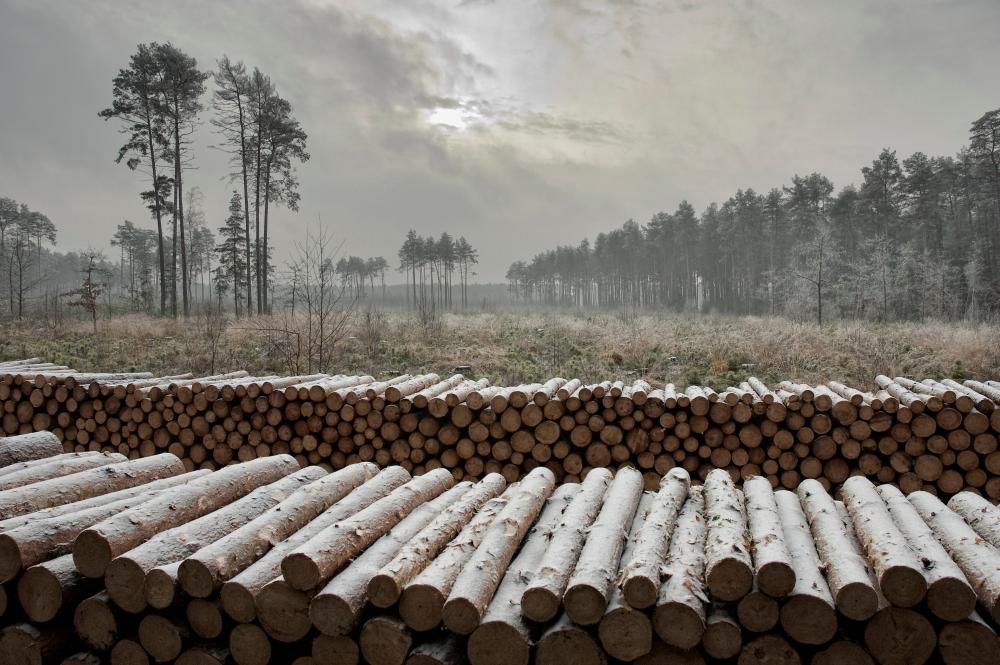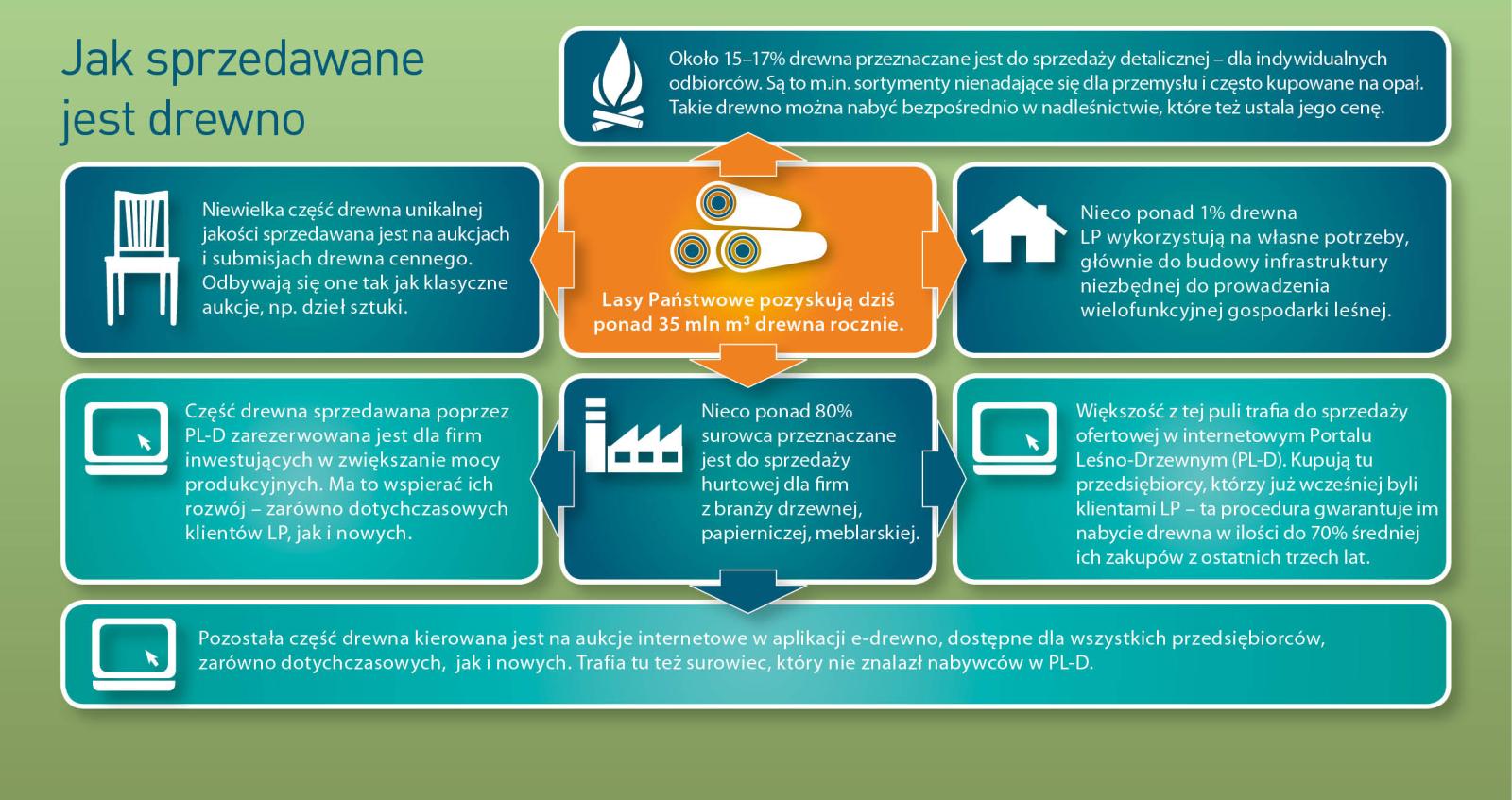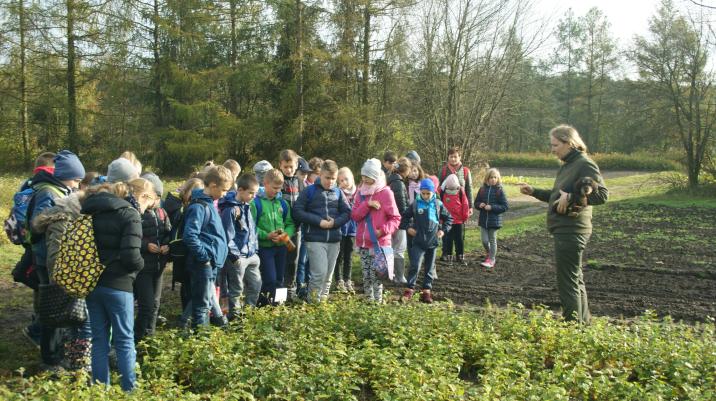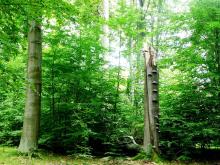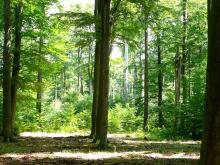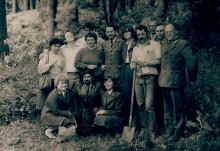 Asset Publisher
Asset Publisher
Sale conditions
Sale conditions of wood are specified by the regulation of Director – General of the Sate Forests.
Within the framework of the individual sale , the foresters try to meet the fast growing demand, because more and more people use wood in order to heat their houses. Contrary to general opinion, these are not only village people, even though they prevail among recipients. The growth of firewood demand is the result of occurrence of new housing estates built in the suburbs of large agglomerations, where houses are usually equipped in fireplace heating installations.
Firewood is not only the most ecological heat source, but also is much more attractive in respect of relation of price and electric efficiency, rather than cola, oil, gas or electric power.
In recent years, the Sate Forests increased the sale of firewood of one third – up to over 4 million cubic meters annually. Firewood is not only the most ecological heat source, but also is much more attractive in respect of relation of price and electric efficiency, rather than cola, oil, gas or electric power. Some of customers choose already prepared and cut into pieces wood, the others very willingly obtain it by themselves after arranging all details and fulfilling particular safety conditions, and after paying the fee; that concerns mainly so called "thinnings". Such a raw material is very cheap, that is why many people from village areas profit from such possibility.
 Asset Publisher
Asset Publisher
Jesień
Jesień
Ostatnie ciepłe dni zachęciły czwartoklasistów ze Szkoły Podstawowej nr 1 ze Szprotawy do odwiedzenia lasu na terenie Nadleśnictwa Szprotawa.
Na początku przedstawiliśmy młodzieży Dęba Chrobrego - największy w Polsce dąb szypułkowy.
Z Piotrowic przejechaliśmy na Szkółkę Leśną w Krzywczycach. Tam pokazaliśmy 4c i 4e gdzie las ma swój początek.
Najwięcej zalesień wykonujemy wiosną, ale jesień to także czas sadzenia lasu.
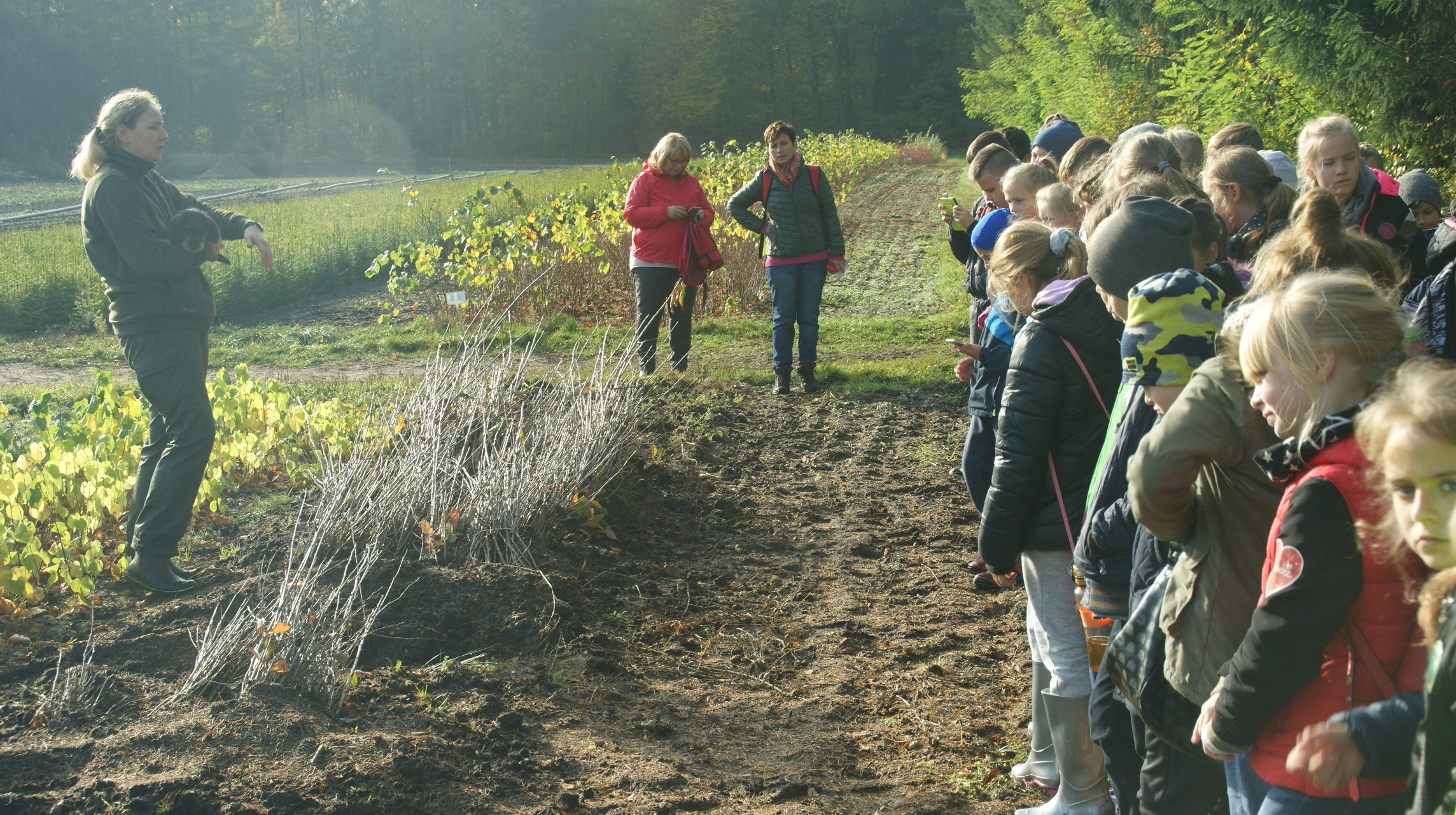
Uczniowie mieli okazję zobaczyć sadzonki przygotowane do wyjazdu na nowozakładane uprawy leśne.
A za szkółką, oprócz polskich drzew – sosny, świerka, jodły i modrzewia – gatunek obcy – daglezja.

Czym pachną daglezjowe igły?
Po obejrzeniu gęsto rosnących sadzonek na szkółkowych kwaterach poszliśmy na spacer na uprawę założoną tej wiosny. Na powierzchni dzieci zobaczyły w jakiej odległości należy sadzić od siebie drzewa, aby wyrósł z nich las.

Na zakończenie wycieczki kiełbaski upieczone samodzielnie na ognisku smakowały wybornie.
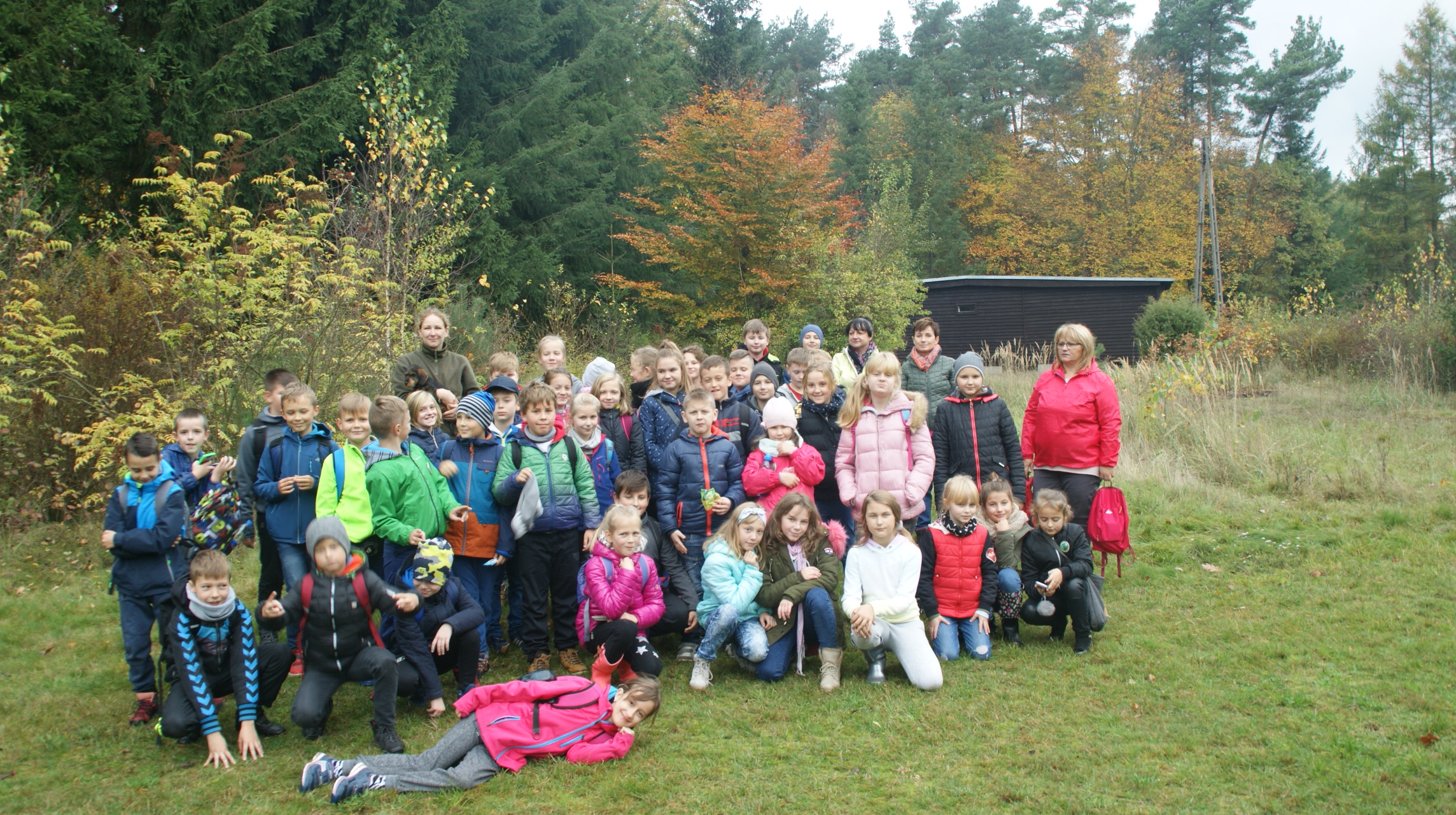
Zapraszamy do współpracy!
Tekst: Anita Ciasnocha
Zdjęcia: Konrad Werk


